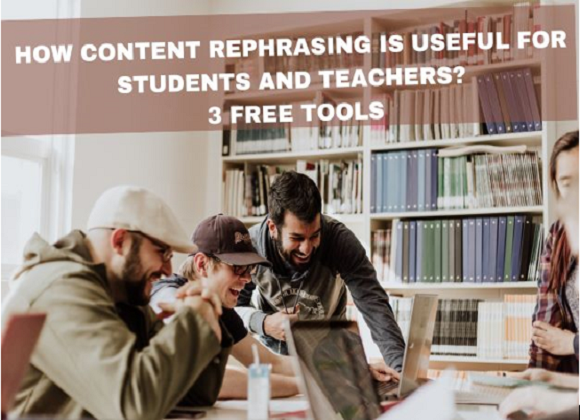The two principles that I have loved!! Safety and Play.
They are very close to my way of teaching math where I focus on developing an ecosystem using a variety of representations to differentiate it enough for each child to find a space in it. I vary content process and product depending on learning styles and student readiness (Teachings in Education, 2017).
1. All domains of child development—physical development, cognitive development, social and emotional development, and linguistic development (including bilingual or multilingual development), as well as approaches to learning—are important; each domain both supports and is supported by the others (NAEYC, n.d.).
When I was teaching middle school kids, I often found that there were kids frightened of math. I discovered again and again that no matter how hard we tried, they would not learn math or learn it mechanically. So I realized that I need to bring in first and foremost, something that emotionally calms them down enough to even look at math! (Zhou & Brown, 2015) I realized that the students need to feel emotionally and physically safe and accepted within the classroom ecosystem to progress and reach their full potential. For this, I changed my teaching strategy. Knowing that all domains – physical, emotional, mental – affect each other, I brought in the classroom strategies that banked upon all the aspects (NAEYC, n.d.). my collection of teaching strategies was later called Humane Maths by my kids (Kochar, 2011). I found that the more variety of representations I brought in, the calmer the ecosystem became and the better the outcome of math skills. So, my classes ran on two wheels, inducing calmness and cognitive math instruction.
2. Play promotes joyful learning that fosters self-regulation, language, cognitive and social competencies as well as content knowledge across disciplines. Play is essential for all children, birth through age 8. (NAEYC, n.d.).
‘Can you bring a child to joy through Geometry?’...
...asked Jiddu Krishnamurti (Krishnamurti, n.d.). play fosters the joy of learning anything. Although not so much as child-like play, the feelings associated with it can be brought into middle school too using intelligent strategies. Cross-curricular and collaborative approaches such as project-based learning or inquiry learning have characteristics of playful learning. Giving children autonomy and choice promotes deeper learning and improves executive functioning. Hence continuing to include practices that foster the joyful feeling of play in the class is an essential principle to follow through.
About the author
 |
Monica Kochar started her career as a Maths teacher in 1993. She has years of experience as a Maths Curriculum Designer with leading education platforms. This write-up has been reproduced from ' Humane Maths ' with the Author's consent. Any views expressed are personal. |



